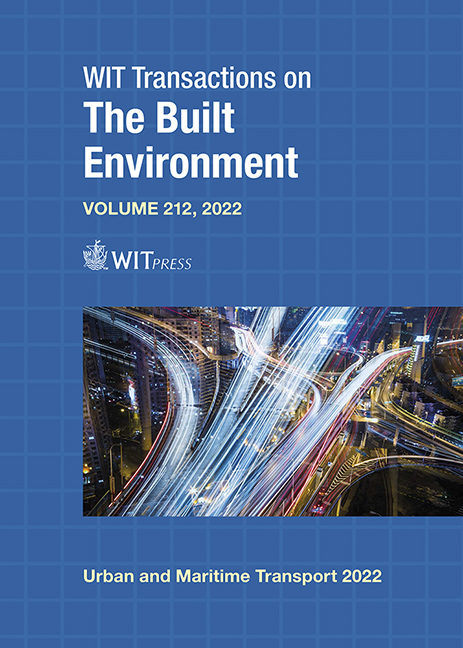SIGNIFICANCE AND CURRENT REGULATIONS OF EXTERNAL AIRBORNE NOISE FROM SHIPS
Price
Free (open access)
Transaction
Volume
212
Pages
10
Page Range
139 - 148
Published
2022
Paper DOI
10.2495/UMT220121
Copyright
Author(s)
LUKA VUKIĆ, IVAN PERONJA, NIKOLA MANDIĆ
Abstract
Pollution sources of environmental noise are most extensive in the transport sector. Unlike other transport modalities, ship noise is given marginal importance in the scientific community and the public. External airborne ship noise is not yet categorized as an entity of environmental pollution but rather as a threat to passengers and crew in navigation and industrial noise in the port. Results of the research analysis indicate that official noise regulation in the maritime sector is modest, neglected, and outdated at the international and national levels. However, professional associations and agencies recognize the external airborne noise from ships as a significant source of environmental pollution that affects health, quality of life, and economy, respectively, a socio-economic component altogether. Croatia adopted a legal frame based on the Maritime Code that, although indirectly from the safety at work perspective, also regulates noise from ships. It is the only national, official document, especially concerning airborne ship noise as a significant source of pollution. A deficiency of the legal basis for measuring, locating, and identifying noise sources in this industry’s sector implicates that vessels cannot be penalized according to the polluter pays principle, nor can ships with lower noise emissions be favored. It is necessary to close this regulation gap enabling the protection measures application following the sustainability principles in maritime transport.
Keywords
airborne noise, maritime traffic, regulations, ships




